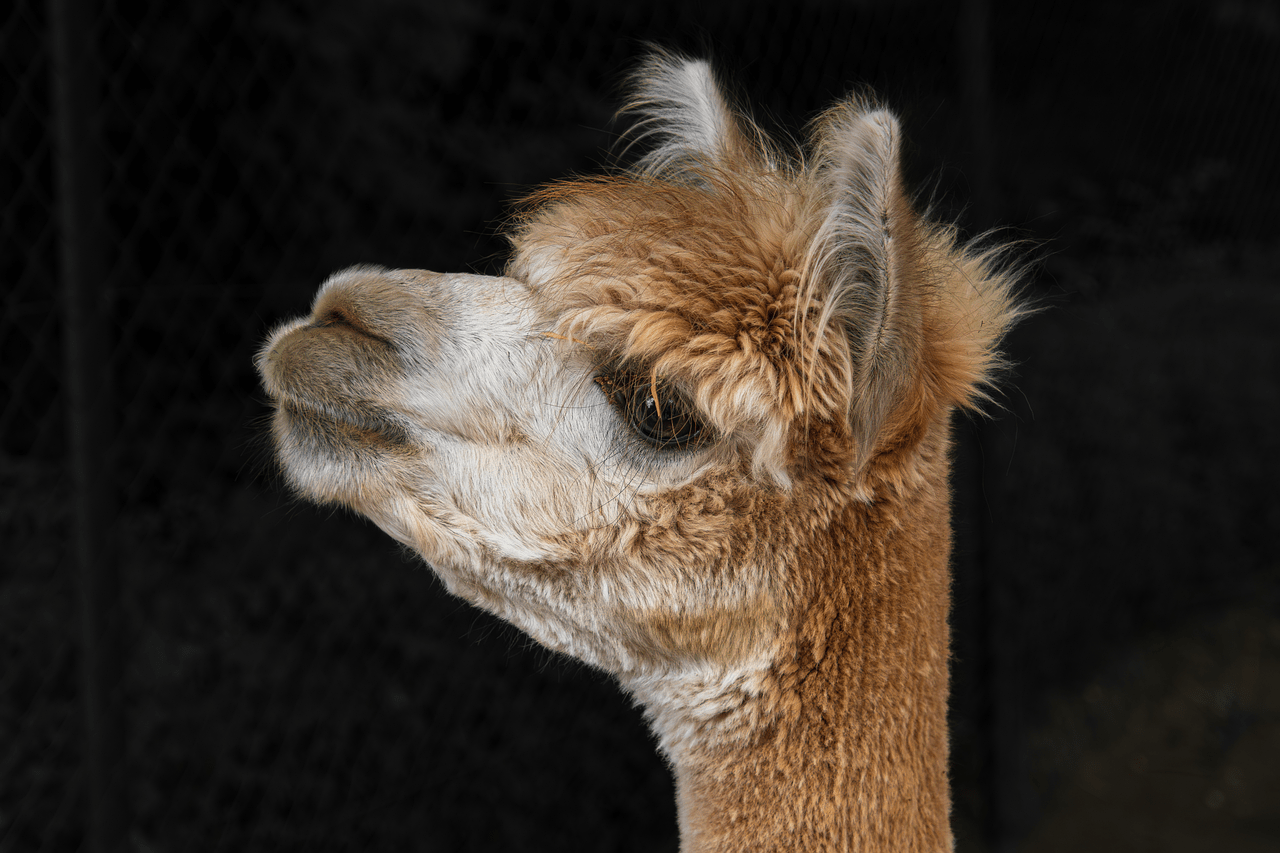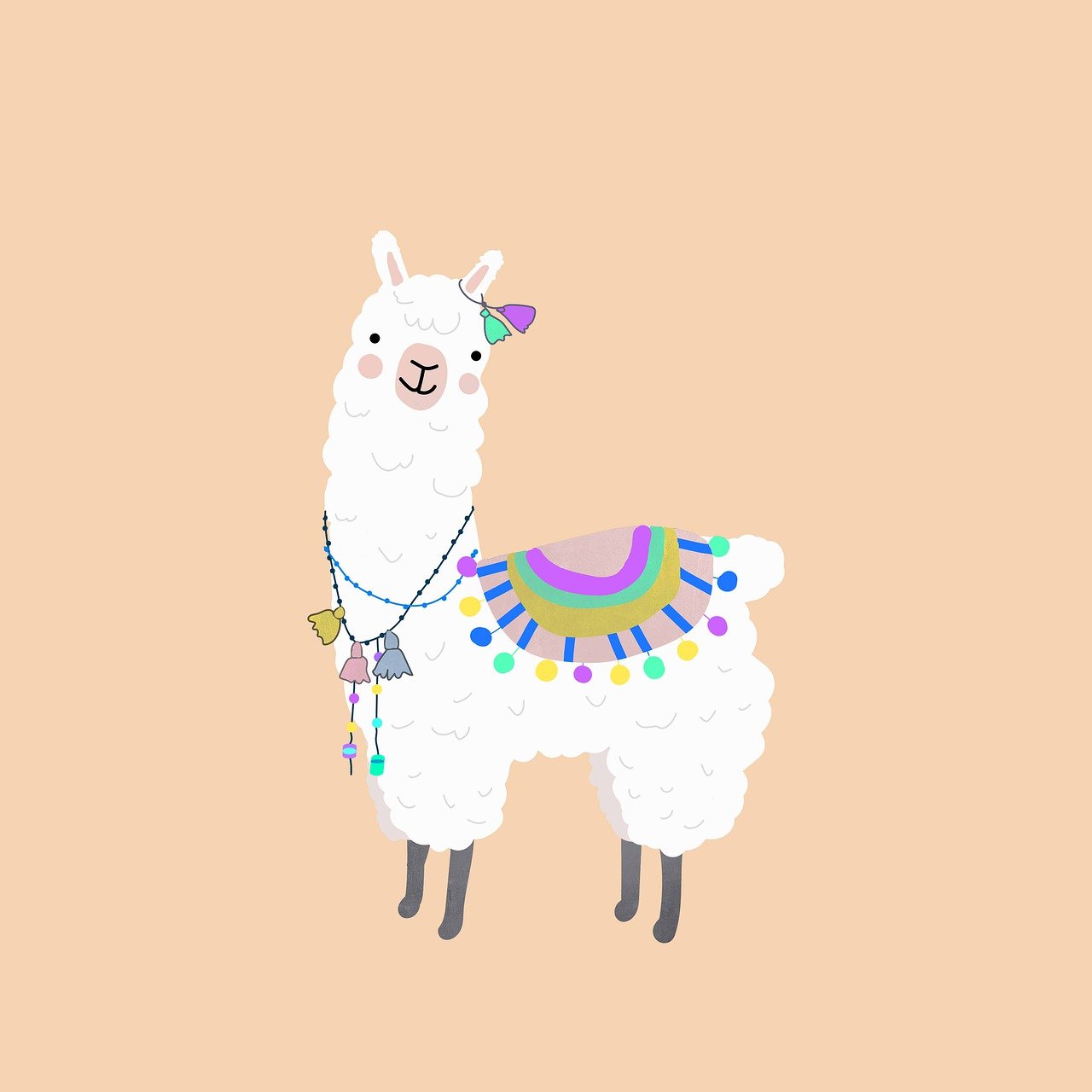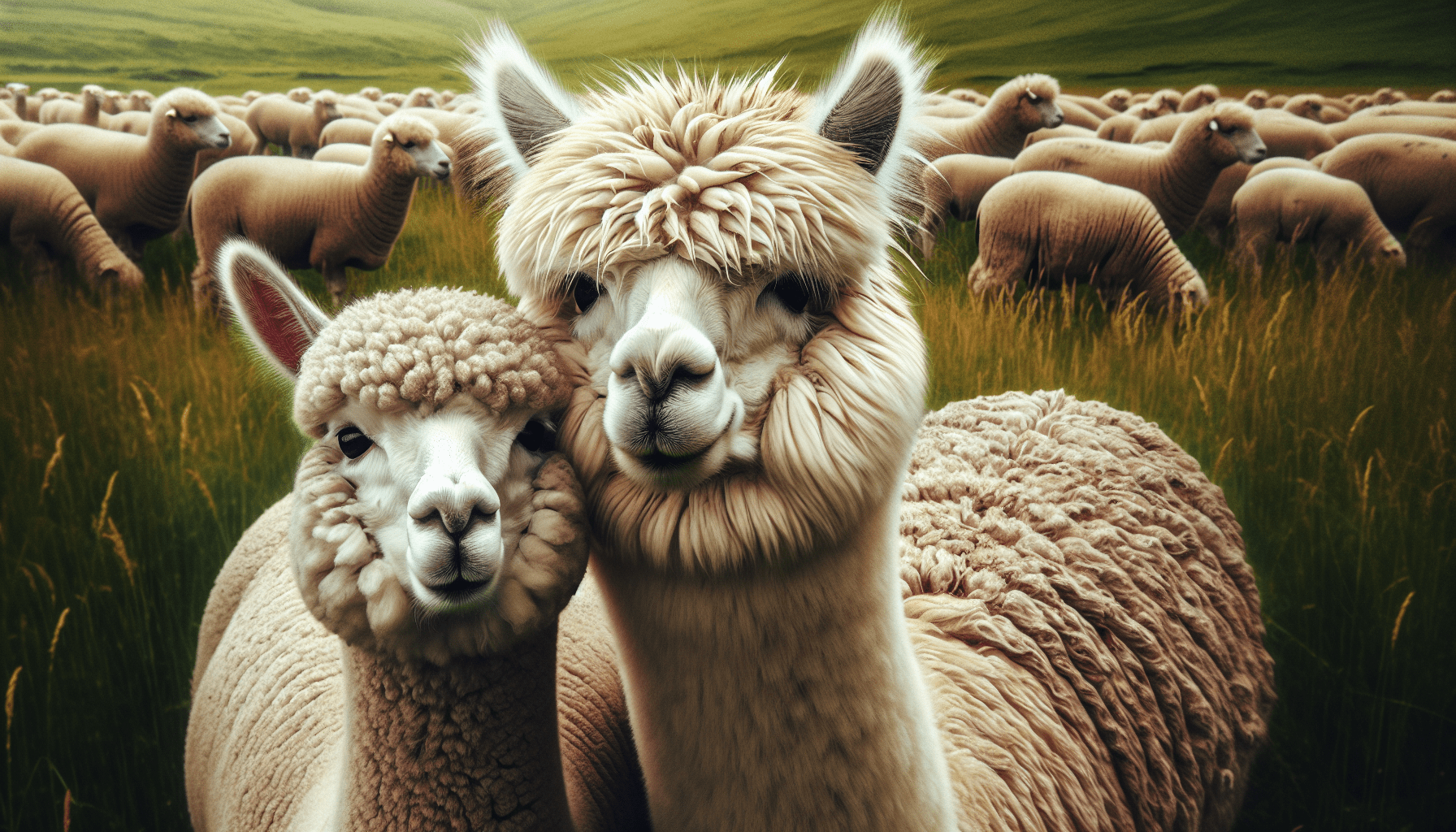Have you ever wondered whose fur is softer, alpacas or sheep? With their endearing fluffiness and importance in the textile industry, alpacas and sheep have long been farm favorites. In this friendly guide, you’ll uncover the delightful nuances of their furs, including their history, characteristics, and practical uses.

Understanding Alpaca Fur
Origins and History
Alpacas, natives of the Andes in South America, have been cherished for thousands of years. Revered by the Inca civilization, their fur was considered a treasure fit for royalty. Today, their fur continues to be a luxurious choice for textile products around the world.
Physical Characteristics
Alpaca fur, known as fleece, possesses a glossy, silky texture. Unlike sheep’s wool, alpaca fleece lacks lanolin, making it hypoallergenic. The fibers are incredibly thin and lightweight but have a high tensile strength, giving them remarkable durability.
Variety of Colors
One of the joys of alpaca fleece is its natural variety of colors. It ranges from creamy whites to rich browns and shiny blacks with unique shades in between. This spectrum allows for beautiful, naturally colored garments without the need for dyes.
Insulating Properties
Alpaca fleece boasts impressive insulating properties. It’s several times warmer than sheep’s wool, thanks to its hollow fibers that trap heat efficiently. This quality makes it perfectly suited for winter wear, offering superior warmth without bulk.
Understanding Sheep Wool
Origins and History
Sheep have been integral to human societies since roughly 10,000 BC, making their wool one of the oldest textile fibers. From Egyptian pharaohs to European medieval societies, wool has been woven into the fabric of human history, quite literally.
Physical Characteristics
Sheep wool is known for its crimped texture, which helps trap air, providing excellent insulation. The fiber is coated in lanolin, making it water-resistant. Wool’s resilience and elasticity make it ideal for a variety of clothing and household products.
Traditional and Modern Uses
Sheep wool’s versatility has made it a staple in both traditional and modern textiles. From warm, cozy sweaters to carpets and upholstery, wool’s applications are seemingly endless. Its natural flame-resistant properties add to its appeal for household uses.
Types of Wool
Sheep wool isn’t monolithic; it comes in many types based on the breed. Merino wool, for example, is renowned for its softness and is often compared to alpaca fleece. On the other hand, coarse wools are used for durable products like rugs.
Comparing Alpaca and Sheep Fur
Softness and Texture
When it comes to softness, both alpaca and sheep wool have their champions. Alpaca fleece is exceptionally soft, fine, and silky, often compared to cashmere. Sheep’s wool varies widely but can be very soft (as in Merino wool) or coarse.
Comparison Table: Softness
| Trait | Alpaca Fleece | Sheep Wool |
|---|---|---|
| Softness | Extremely soft and silky | Varies, Merino being very soft |
| Hypoallergenic | Yes | No |
| Feel | Lightweight and glossy | Can range from soft to coarse |
Durability and Strength
Durability is where alpaca fleece shines. It’s strong and tends to pill less than sheep wool. However, sheep wool’s elasticity can make it more resistant to wear in certain applications.
Comparison Table: Durability
| Trait | Alpaca Fleece | Sheep Wool |
|---|---|---|
| Durability | High | Variable |
| Tensile Strength | High | Moderate to high |
| Resilience | Moderate | High |
Warmth and Insulation
Both fibers are excellent insulators, but alpaca fleece generally provides more warmth per weight compared to sheep wool. This makes alpaca garments cozy while remaining lightweight.
Comparison Table: Warmth
| Trait | Alpaca Fleece | Sheep Wool |
|---|---|---|
| Insulation | Superior | Excellent |
| Warmth-to-weight | Higher | High |
| Air Trapping | Efficient | Very efficient |
Maintenance and Care
Both alpaca and sheep wool require careful handling. Alpaca fleece tends to be less prone to pilling and isn’t as likely to shrink as sheep wool. However, both types often require hand washing or gentle cycles.
Specific Uses and Applications
Fashion and Apparel
In the fashion world, alpaca fleece is often used for luxurious, high-end garments due to its softness and warmth. Sheep wool finds broader uses across various fashion segments, from everyday wear to technical and outdoor gear.
Fashion Applications:
- Alpaca: Sweaters, scarves, hats
- Sheep Wool: Sweaters, socks, outerwear
Home Textiles
In home textiles, both types offer unique advantages. Alpaca fleece feels luxurious and makes fantastic throws and blankets, while sheep wool, with its durability and flame resistance, is popular for upholstery, rugs, and bedding.
Home Textile Applications:
- Alpaca: Throws, blankets, cushions
- Sheep Wool: Carpets, upholstery, bedding
Specialty and Luxury Items
Alpaca fleece is often reserved for high-end markets, where its luxurious softness can be fully appreciated. Sheep wool, while also featured in high-end items, can be processed for mass-market goods as well.
Luxury Items:
- Alpaca: Designer garments, luxury throws
- Sheep Wool: Fine wool suits, high-quality knitwear

Sustainability and Ethical Considerations
Farming Practices
Both alpacas and sheep are primarily kept on farms where sustainable practices can make a difference. Alpacas generally have less environmental impact due to their gentle grazing habits and efficient fiber production.
Sustainability Practices:
| Aspect | Alpaca Farming | Sheep Farming |
|---|---|---|
| Land Impact | Low | Moderate |
| Water Usage | Low | Moderate |
| Fiber Yield | High per animal | Variable |
Animal Welfare
Animal welfare is crucial for both alpacas and sheep. Alpacas are typically easier to rear, with less need for intervention, while sheep require more intensive care, especially during shearing.
Eco-Friendly Textiles
Both alpaca fleeces and sheep wool are biodegradable and renewable resources. Supporting sustainable farming for either type contributes positively to the environment.
Cultural Significance
Alpacas in Andean Culture
Alpacas hold a special place in Andean culture, symbolizing wealth and prosperity. Their fleece has long been a part of traditional fabrics and ceremonial wear.
Sheep in Global Cultures
Sheep have a broader cultural impact, appearing in numerous folk tales, religious texts, and cultural artifacts worldwide. They represent prosperity, hard work, and pastoral life.

Choosing the Right Fiber for You
Personal Preferences
Choosing between alpaca fleece and sheep wool often comes down to personal preference. If hypoallergenic properties and luxurious softness are important, alpaca might be your choice. If you need durability and elasticity, especially in outdoor gear, sheep wool could be ideal.
Specific Needs
Consider what you need the textile for—whether it’s for a cozy winter sweater, a durable throw, or elegant apparel. Both fibers have unique properties that make them suitable for various applications.
Availability and Budget
Price and availability might also influence your choice. Alpaca fleece can be more expensive, and its high-end nature might make it less accessible. Sheep wool, especially in its various forms like Merino, offers a wide range of price points.
Conclusion
Deciding whose fur is softer between alpacas and sheep isn’t a simple task. Both fibers have their unique charms, history, and practical applications. Alpaca fleece is undeniably soft, lightweight, and warm, making it a luxurious choice. Sheep wool, with its versatile textures and wide-ranging utility, remains a timeless favorite. Whether your heart leans towards the silky allure of alpaca or the dependable warmth of sheep wool, both offer incredible comfort and quality to enrich your textile experience.
By understanding the distinctive traits and uses of each fiber, you can make well-informed choices that suit your personal preferences and specific needs. Happy cozying up!

